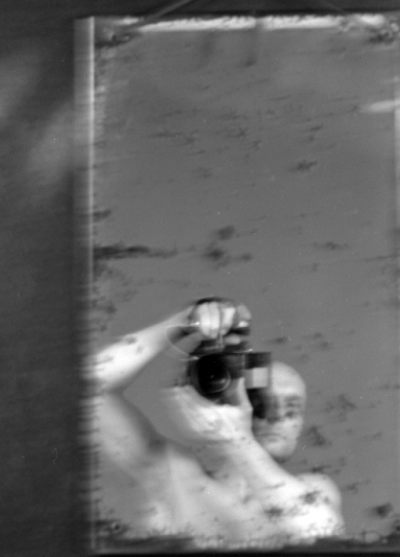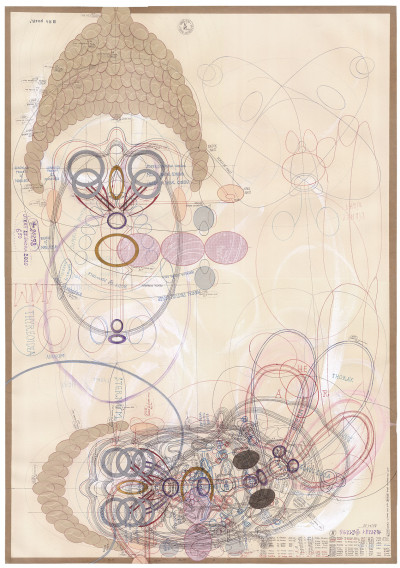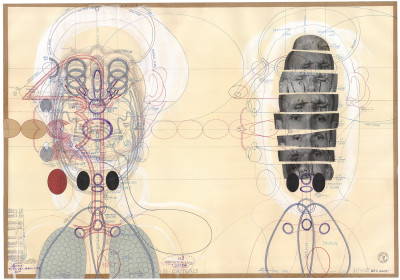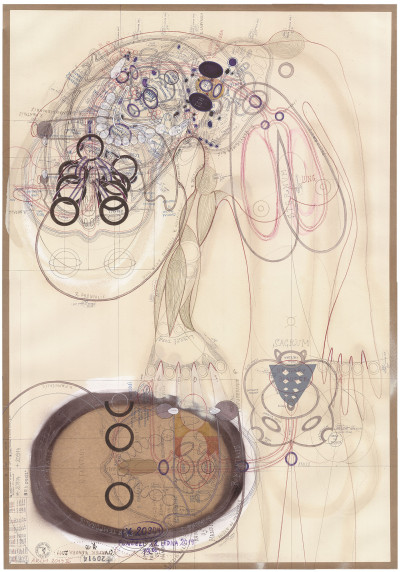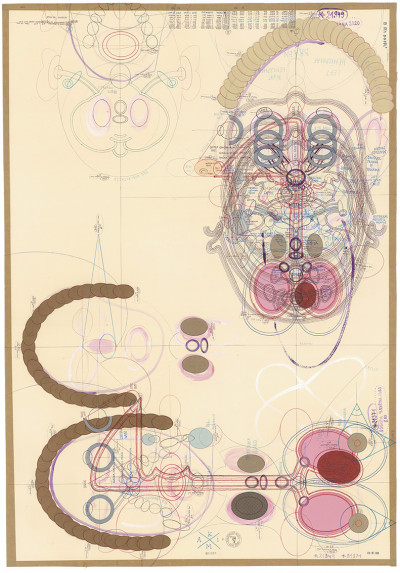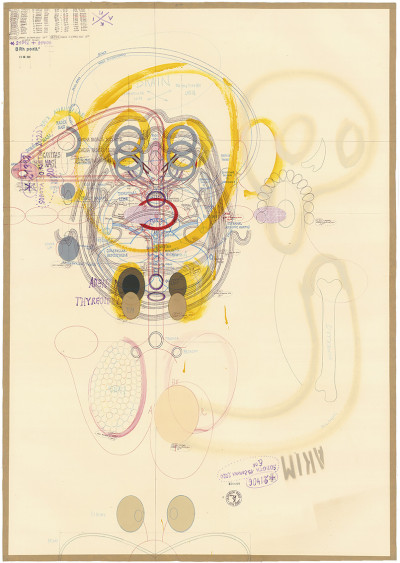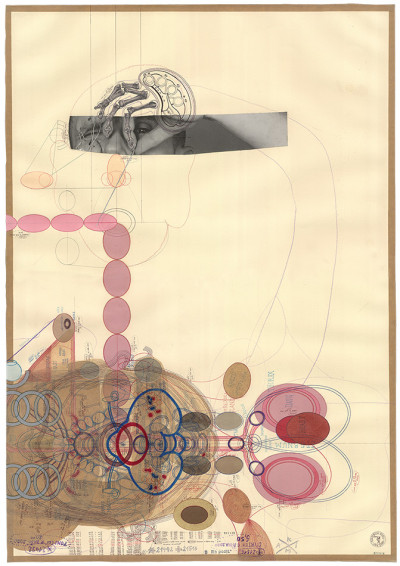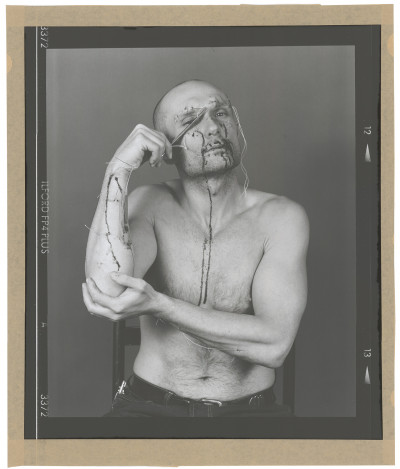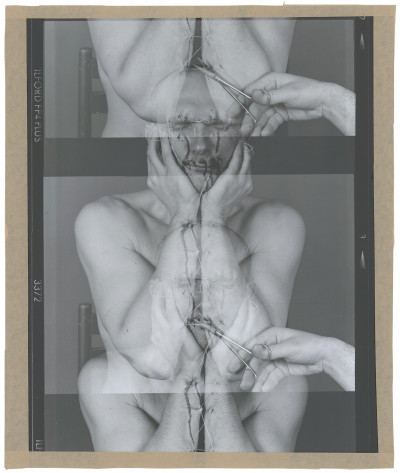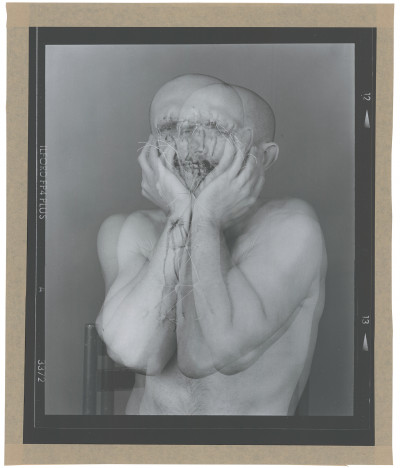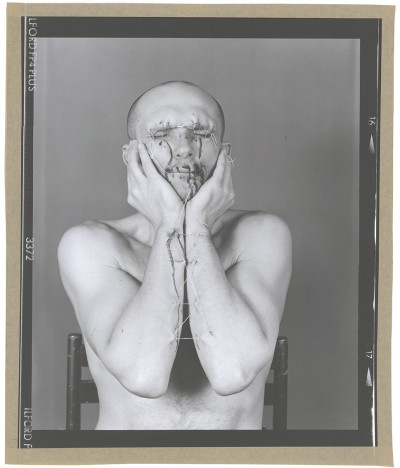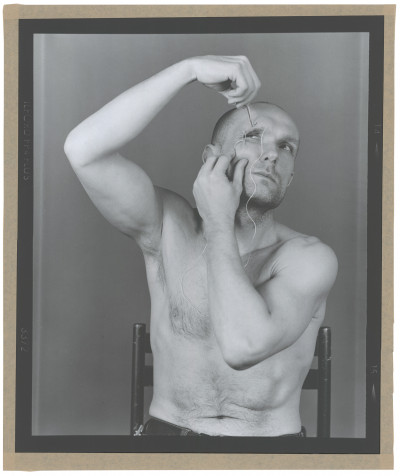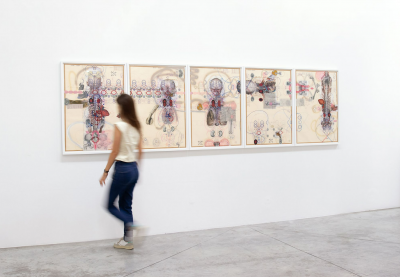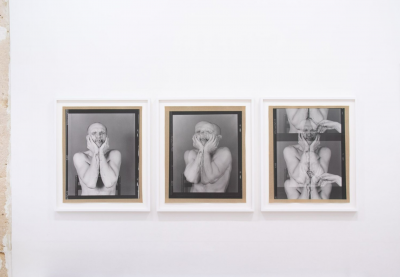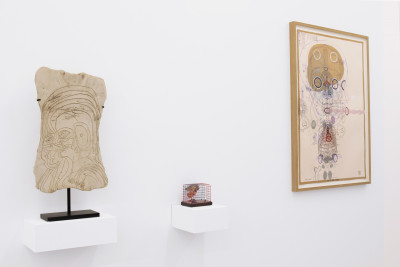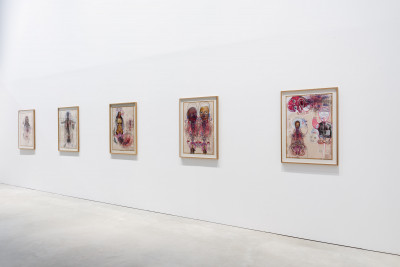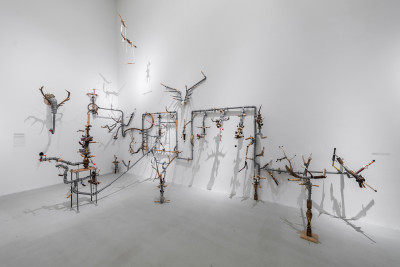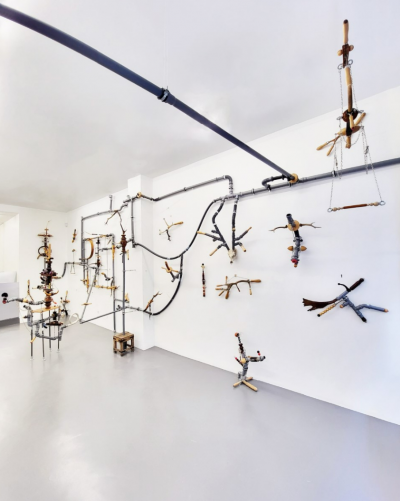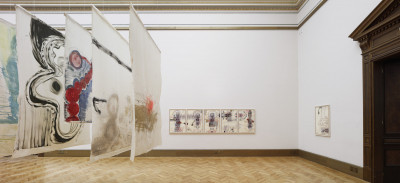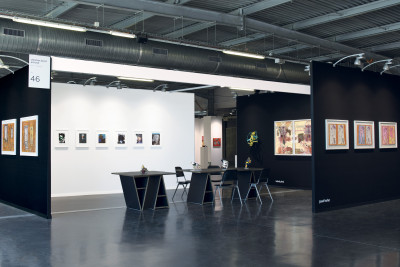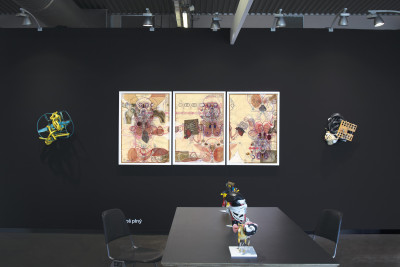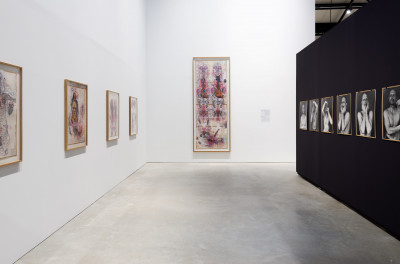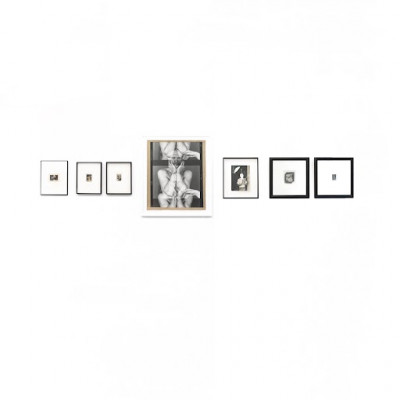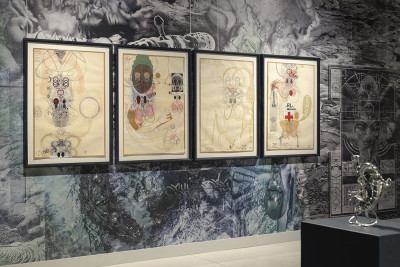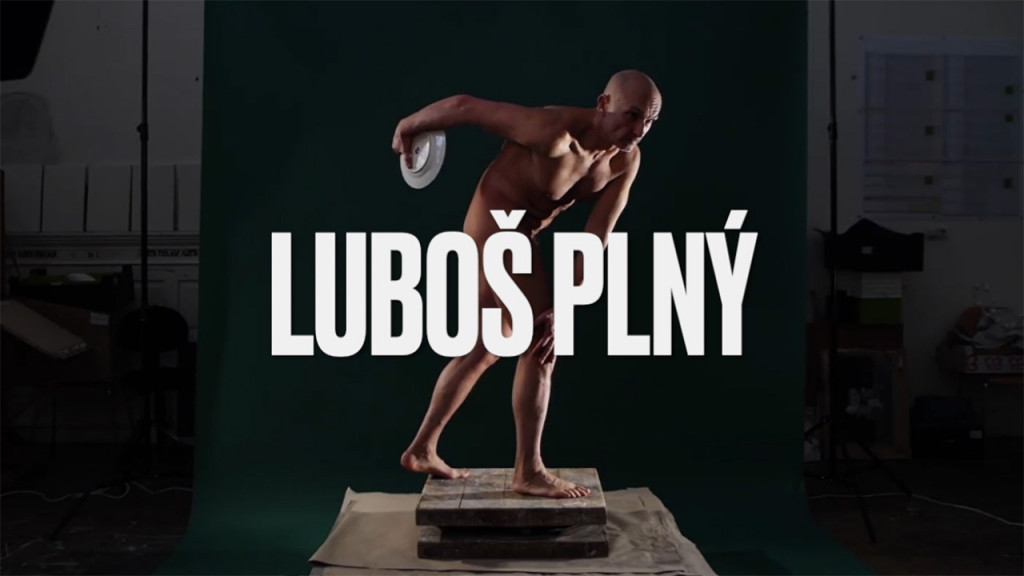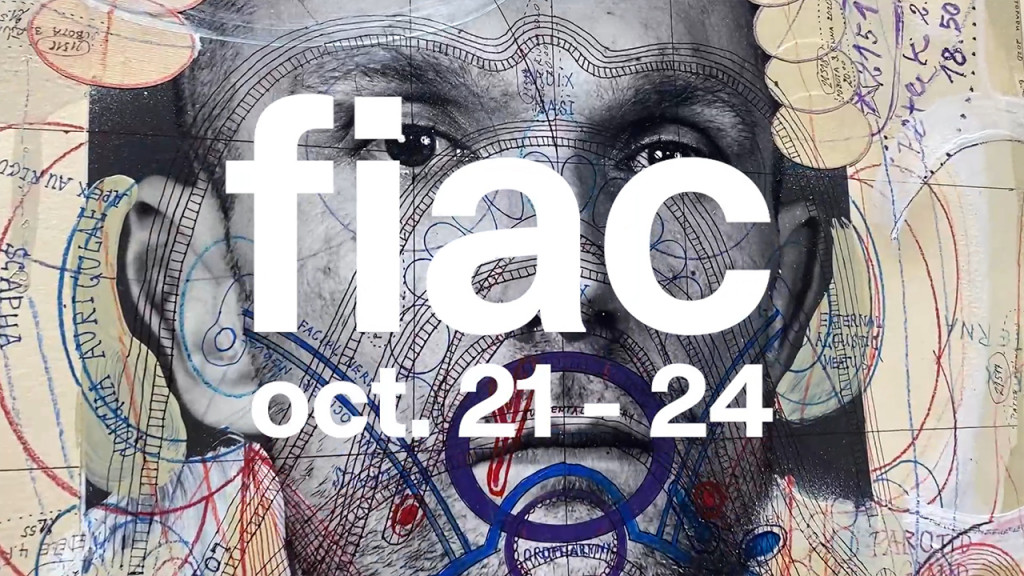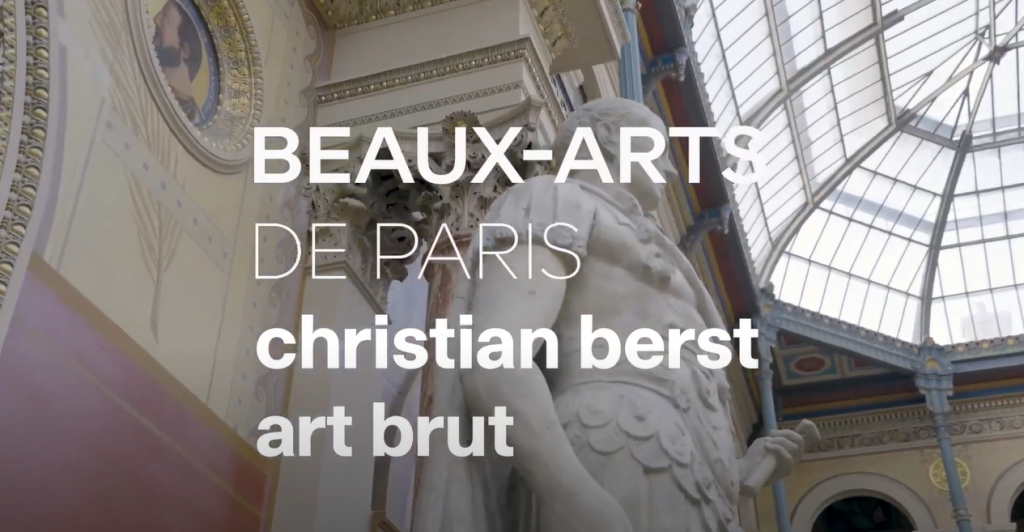Luboš Plný
Luboš Plný whose international recognition was confirmed by his selection in the 57th Venice Biennale titled Viva Arte Viva (curated by Christine Macel) in 2017. As the first outsider artist acquired by the MNAM in 2013, he has enjoyed numerous institutional exhibitions in recent years. These include exhibitions at contemporary art museums in Kobe and Hiroshima, Japan, at the Rencontres de la Photographie in Arles, at the Kunsthalle in Dresden, and in his hometown of Prague. In 2017, the Dox Art Center dedicated a solo exhibition to him, and in 2022, the Rudolfinum facilitated a dialogue between him and artists such as Louise Bourgeois and William Kentridge. In September 2023, we dedicated a solo show to him in our two spaces, a monography and a performance at the Beaux-Arts de Paris.
Luboš Plný devoted himself from childhood to his two passions: drawing and anatomy. He was transferred to a psychiatric hospital during his military service and then began to earnestly study medical and psychiatric literature. Fascinated by decomposing bodies and dissection, he obtained a diploma as an undertaker, but was mainly employed as a model at the Academy of Fine Arts in Prague. Hence the stamp with which he “signs” all his works “Luboš Plný, academic model”.
With this distinction, he began drawing at the beginning of the 2000s, compositions in Indian ink, enhanced with acrylic and sometimes collage, codified to the extreme, following an immutable protocol, mixing anatomical sections with multiple points of view and organ arrangements in which fluids and secretions circulate. “It’s a diary that I keep on a daily basis,” he explains. The state of his own organic life is thus at the heart of his work, and each of his drawings is part of a temporality. He invariably begins by noting the number of days he has lived since his birth, then the hours, the minutes even, worked on each part of the work, which he also intersperses with mentions of events experienced during the time of its composition, in tiny writing.
Luboš Plný is convinced that drawing one of his organs will lead him to a form of meditation on the limits of his physical existence. His work also reflects his passion for texture, haptics and eroticism.
Through his performances he confronts the limits of pain, which he experiences as an act of purification, transforming psychic and physical suffering into an artistic work.
Is this to be seen as a healing ritual, a sacrificial offering? Is it death that the artist seeks to tame or to ward off?
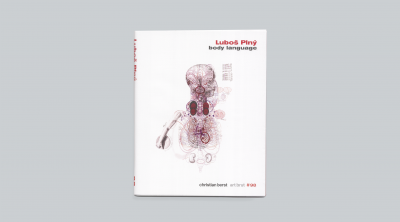
Texts : Philippe Comar, Claire Margat and Lucie Žabokrtská
Foreword: Christian Berst
Catalog published for the exhibition luboš plný body language, September 9 - October 22, 2023

